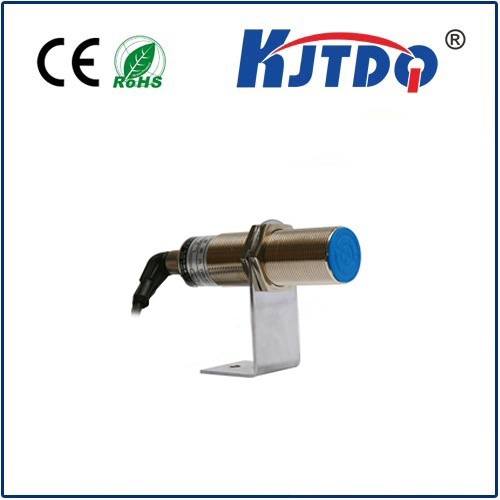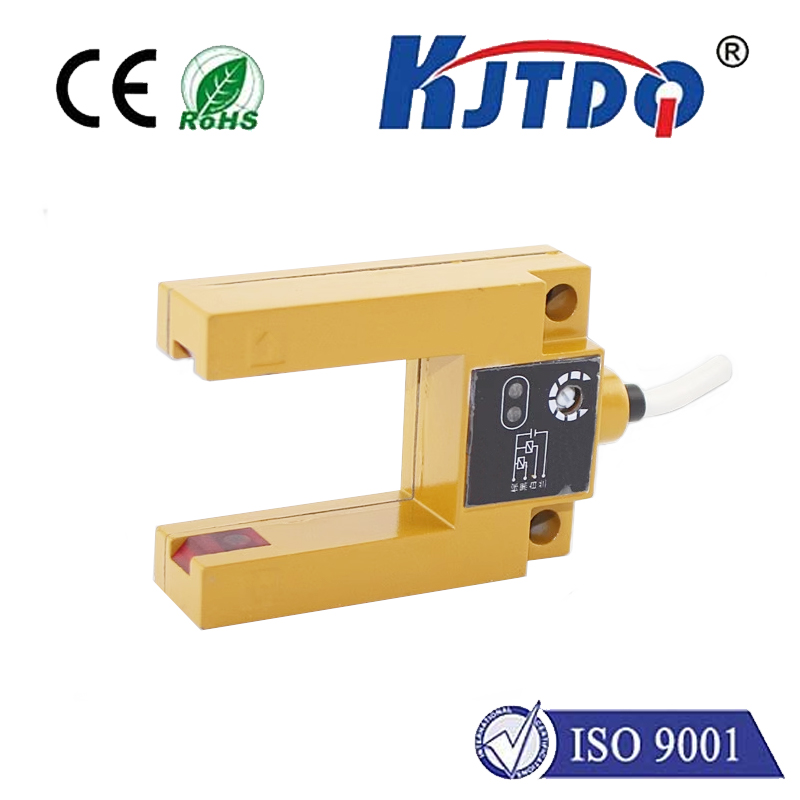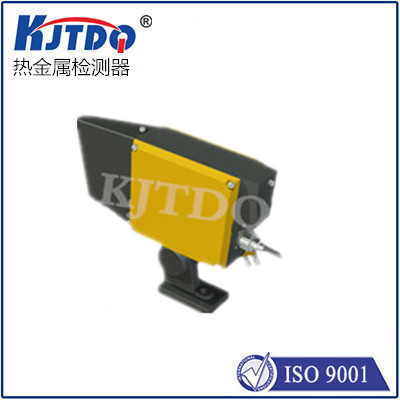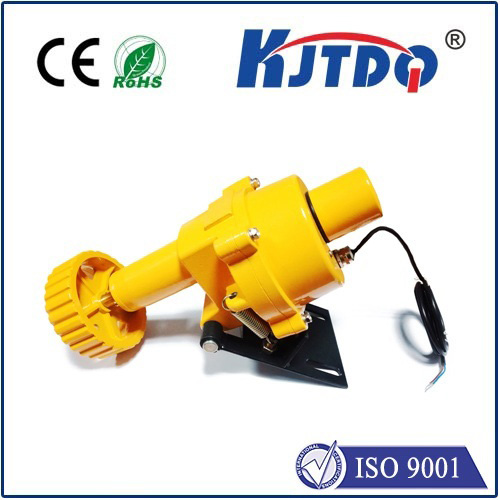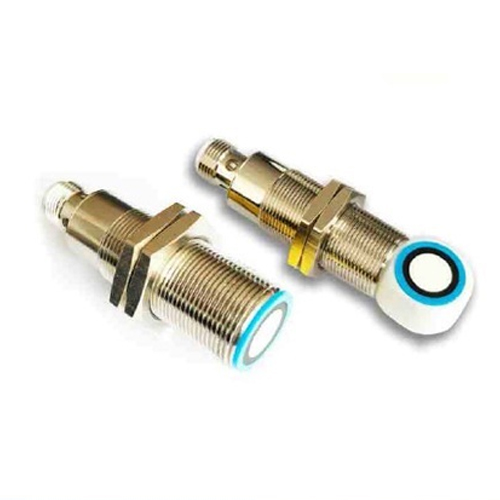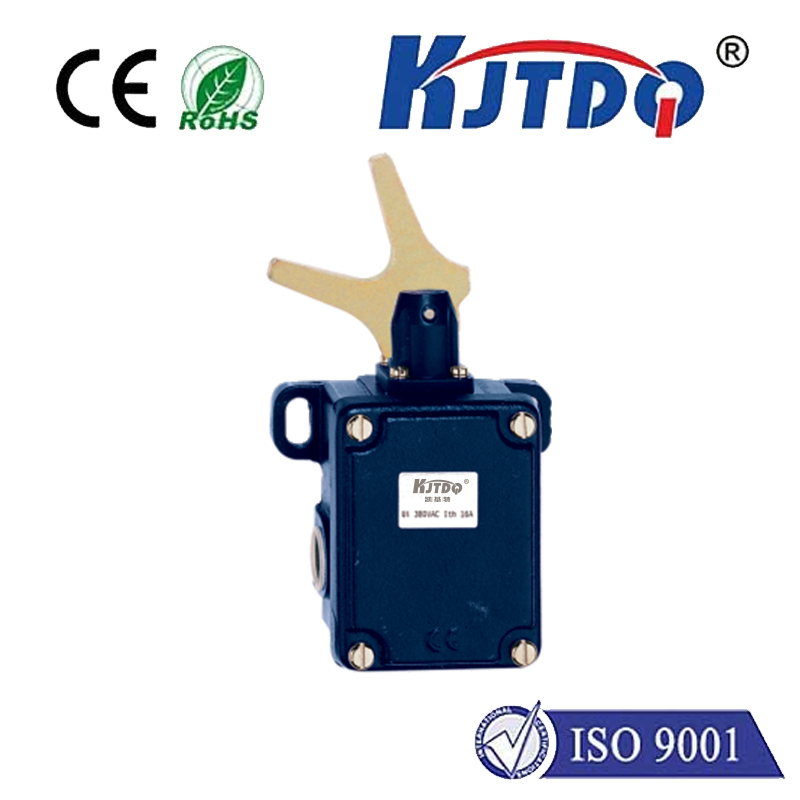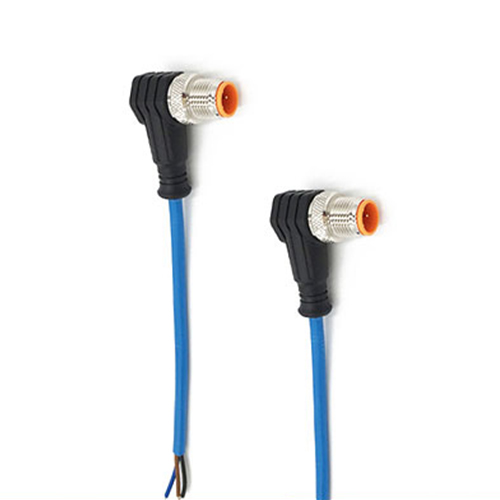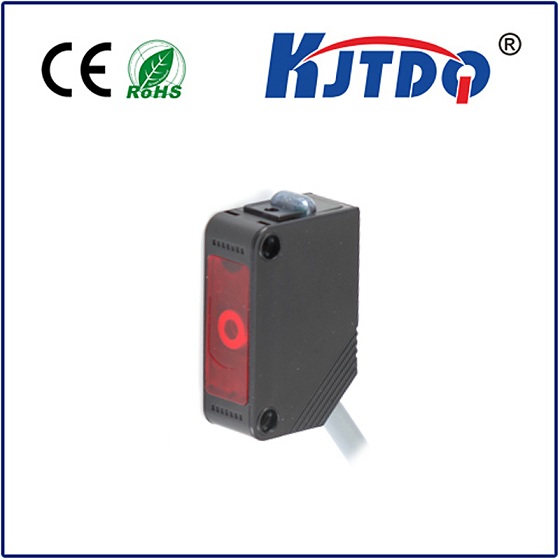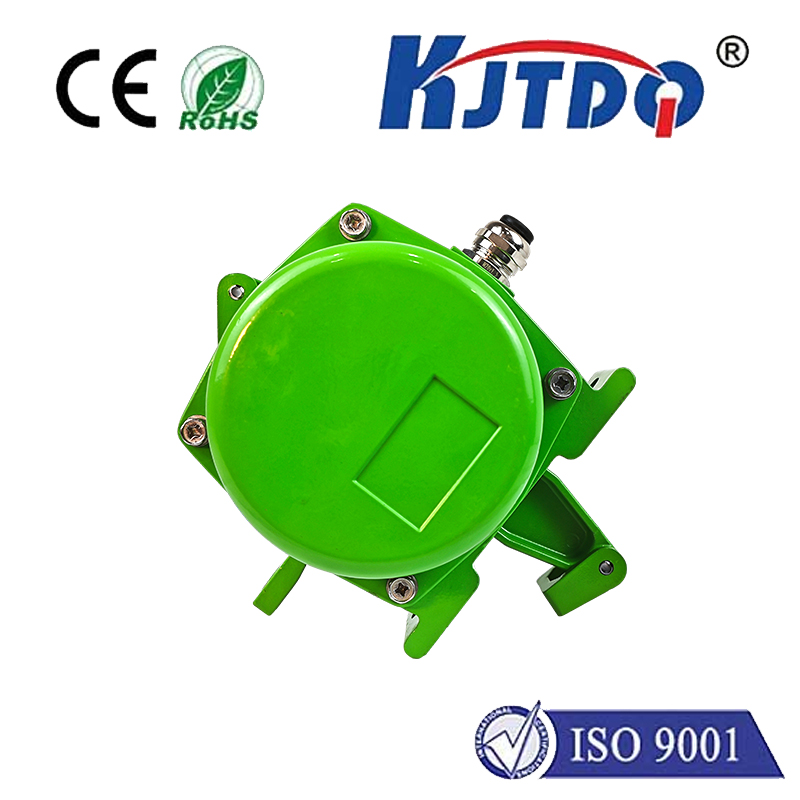laser level sensor
- time:2025-09-08 15:44:40
- Click:0
Laser Level Sensors: Precision Measurement at Light Speed
Precision at Light Speed: Unlocking Potential with Laser Level Sensors
Imagine measuring the exact height of molten steel in a searing-hot furnace, the powder level inside a sealed pharmaceutical mixer, or the interface between oil and water in a storage tank – all without touching the material. This isn’t science fiction; it’s the everyday reality enabled by laser level sensors. These sophisticated devices represent a leap forward in measurement technology, offering unparalleled pinpoint accuracy and non-contact operation where traditional methods falter. For industries demanding reliability, safety, and efficiency, laser sensors are becoming the indispensable tool for tank level monitoring, distance measurement, and process control.
The core principle behind a laser distance sensor like a level transmitter is elegantly simple. A tightly focused beam of laser light is emitted towards the target surface. This light reflects back to the sensor’s receiver. The device precisely calculates the distance between itself and the target by measuring the time it takes for the light pulse to travel (Time-of-Flight, ToF) or, in some cases, by comparing the phase shift of modulated light waves. This calculated distance translates directly into the level reading within a vessel or the position of an object.
Why Choose Laser Over Other Methods?

Compared to traditional contacting methods (like floats or capacitive probes) or even other non-contact technologies (like ultrasonic or radar), laser level sensors offer distinct advantages:
- Unmatched Precision and Resolution: Laser beams are exceptionally narrow and coherent, allowing for highly accurate, millimetre or even sub-millimetre resolution measurements. This pinpoint accuracy is critical in applications like precision filling, inventory control, and interface detection.
- True Non-Contact Measurement: The laser beam touches nothing. This eliminates issues like material buildup, sensor wear and tear, contamination (crucial in food, beverage, and pharmaceuticals), or interference with delicate processes. Nothing needs to penetrate the vessel, preserving integrity.
- Exceptional Beam Control: The focused beam allows for precise targeting, ignoring background objects, tank walls, or internal structures (like agitators or ladders) that can plague ultrasonic sensors. This enables reliable readings even in confined or complex vessel geometries.
- Performance on Challenging Surfaces: They excel where other sensors struggle. Laser sensors can reliably measure:
- Low reflectivity surfaces: Granular materials, powders, dark or absorbent liquids.
- Liquid surfaces: Even turbulent or foamy liquids where ultrasonic might fail.
- Solid surfaces: Bulk solids, aggregates, pellets in bins or silos.
- High-temperature targets: Capable of measuring surfaces significantly hotter than the sensor’s own operating limit (thanks to the non-contact nature).
- Steep installation angles: Often installed at very steep angles or even horizontally over conveyors.
- Fast Response Times: Laser signals travel literally at the speed of light. This enables extremely fast measurement updates, making them ideal for high-speed process control and dynamic level monitoring.
Key Applications: Where Lasers Shine
The versatility of laser level technology makes it suitable across diverse sectors:
- Chemical & Petrochemical: Safe, non-contact measurement of corrosive, flammable, or toxic liquids in tanks and reactors. Excellent for interface detection (e.g., oil/water separation).
- Food & Beverage: Hygienic monitoring of ingredients, final products (liquids, powders, pastes), and CIP (Clean-in-Place) solutions without contamination risk.
- Pharmaceutical & Biotechnology: Ensuring precise ingredient levels in mixers, bioreactors, and storage vessels under strict hygienic conditions. Vital for tank content monitoring.
- Water & Wastewater: Measuring levels in clarifiers, filter beds, sludge tanks, and channels, often handling low reflectivity surfaces.
- Bulk Solids Handling: Monitoring levels of grains, plastics, cement, fly ash, and other powders or pellets in silos, bins, and hoppers. Effectively replaces unreliable paddle wheels or vibrating forks.
- Manufacturing & Automation: Precise distance measurement for object positioning, height verification, roll diameter control, and conveyor belt monitoring. Position detection on assembly lines.
- Mining & Minerals: Robust measurement of ores, slurries, and aggregates in harsh, dusty environments.
Important Considerations for Implementation
While powerful, laser sensors aren’t a universal panacea. Key factors to ensure success include:
- Target Surface: While good with many surfaces, extremely reflective surfaces (like polished metal) or materials that absorb nearly all light (like black velvet) can be challenging, potentially requiring special reflectors or configuration.
- Dust, Steam, and Fog: Heavy airborne particulates, dense steam, or thick fog can scatter or absorb the laser beam, attenuating the signal. While often better than ultrasound in moderate conditions, severe atmospheres might require sensor selection with sufficient light intensity or even alternative technologies like radar in worst cases.
- Installation: Proper alignment is critical. A clear, unobstructed line-of-sight to the target surface is essential. Vessel nozzles, foam, or heavy turbulence can interfere. Mounting stability is important for consistent readings.
- Temperature Limits: While capable of measuring hot targets, the sensor electronics themselves have operating temperature limits. High ambient temperatures might require remote electronics or cooling.
The Future is Bright (and Focused)
The evolution of laser level measurement continues rapidly. We see trends towards:
- Increased Intelligence: On-board diagnostics, advanced signal processing for better noise rejection, and simpler configuration via Bluetooth or apps.
- Enhanced Connectivity: Seamless integration with IIoT (Industrial Internet of Things) platforms and control systems via multiple protocols (IO-Link, Modbus, Ethernet).
- Improved Performance: More robust designs for extreme environments, higher accuracy in smaller packages, and specialized models for niche applications.
- Lower Cost: Wider adoption is driving costs down, making laser distance sensors more accessible across various industries.
Conclusion
Laser level sensors have revolutionized how industries measure level and distance. By harnessing the speed and focus of light, they deliver unrivalled precision and non-invasive operation where other methods fall short. From ensuring safety in hazardous chemical processing to guaranteeing recipe accuracy in a yogurt plant, their impact on industrial automation, process efficiency, and reliable tank level monitoring is profound. As technology advances, their capabilities will only expand, solidifying their role as a cornerstone of modern measurement and control systems.












